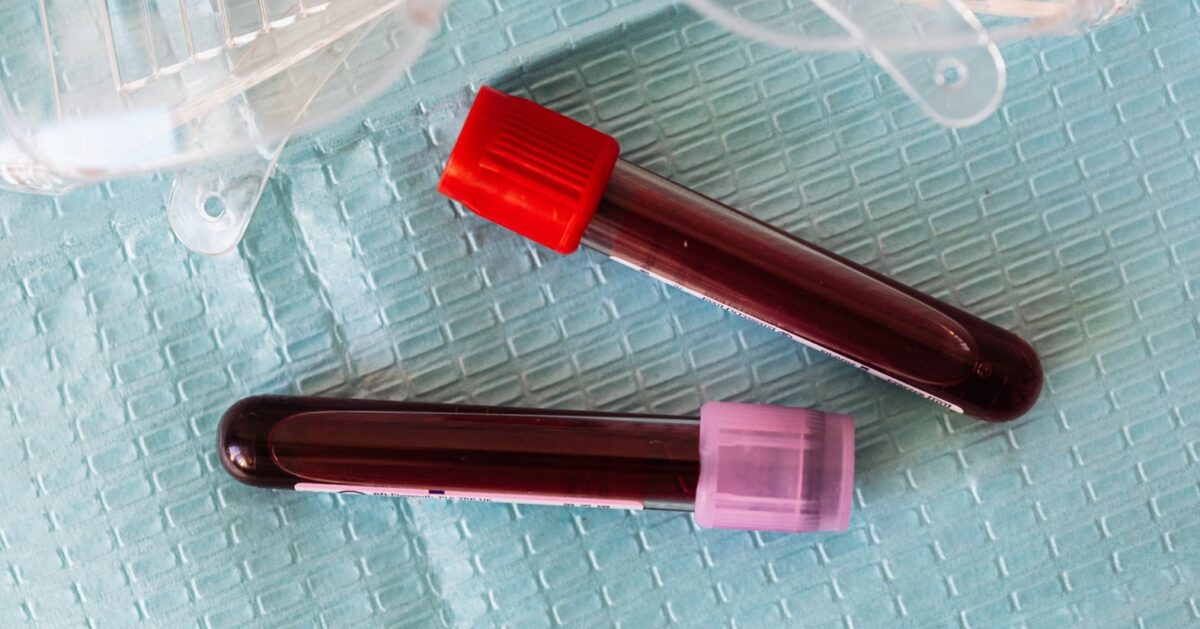BLOG
How to Encourage COVID Secure Behaviour Among Employees
- #Behaviour
- #COVID19

For many people, protecting themselves and their loved ones from the risk from COVID-19 remains paramount, and they will remain…
For many people, protecting themselves and their loved ones from the risk from COVID-19 remains paramount, and they will remain vigilant to the threat and do their level best to comply with Government guidelines and workplace rules. For others, it is a different story. We have seen the types of public behaviour exhibited by certain communities, particularly (but not limited to), the younger adult generation. These behaviours can spill over into the workplace if they are not managed correctly. It is essential that we get COVID-security right in the workplace. We need to prompt, nudge and reinforce safe behaviours and encourage COVID-secure actions among employees. It takes approximately 3 months to habituate any changes so keep up the momentum. We can install physical safeguards such as barriers and designated routes, and we can create safe systems of work and rules. However, there will be some degree of violation (rule-breaking) if the individuals concerned do not have the positive attitude we expect. If they don’t agree with a measure, have grown weary of it, have strong opinions against it, and if there is a way to circumvent it, then there is a high probability they will take that route. For example, face coverings have been controversial and despite the growing evidence of efficacy, there are people who steadfastly refuse to wear them. The required safety behaviours can of course be enforced with disciplinary sanctions but changing someone’s attitude is the best route to changing their behaviour. If we cannot make COVID-security the only way e.g. by physical barriers, then we must make it the easiest way, an attractive option and a socially acceptable one. Then we can reinforce the measures we have put in place with prompts and nudges in a timely manner, for example, the judicious placement of hand sanitiser where it is hard to ignore. We need to allocate time to allow people to be safe so that stress and time pressures do not become a distraction. It is all too easy for anyone to make the occasional mistake, or have a lapse of concentration, perhaps by brushing past someone or forgetting to sanitise their hands. What we need to do is to minimise these behavioural errors by simplifying procedures and reducing distractions. Refresh messaging on a regular basis, whether by poster campaigns, signage, via meetings, briefings, or social media platforms. Make sure any publicity photos used by the company are COVID-compliant. ‘Brand’ safety signage so that it has a common look and feel. Executives and managers should visibly demonstrate personal COVID-hygiene. Maintain the awareness of risk by sharing with workers what it might feel like to get it wrong, to realise the consequences of their actions, without resorting to scaremongering. Make COVID-security a shared responsibility. Involve and consult with work teams to foster ownership of the decision-making process, they will undoubtedly have good ideas. Also, seek endorsement and leadership from Top Management. As we move into longer-term COVID-management, embed objectives into performance appraisals and KPI’s if you can. Praise safe behaviours. Encourage workers who are already complying with existing arrangements. They have the right attitude. They will help to influence conformity within the ranks of the sceptics. Use a mix of constructive messages and safety conversations to show what is expected as the workplace norm and set the example by role modelling the safety behaviours yourself. Join our LinkedIn discussion group, COVID-19 HSE Red-on-line Experts Forum, to share your experiences and best practices relative to the novel coronavirus with fellow EHS professionals and the Red-on-line team.
Join our LinkedIn discussion group, COVID-19 HSE Red-on-line Experts Forum, to share your experiences and best practices relative to the novel coronavirus with fellow EHS professionals and the Red-on-line team.